Key habitats
Visitors to Extremadura will be surprised by the variety of habitats that can be found within easy reach from our base. Here is a summary of some of the landscapes to visit:
Album de fotos

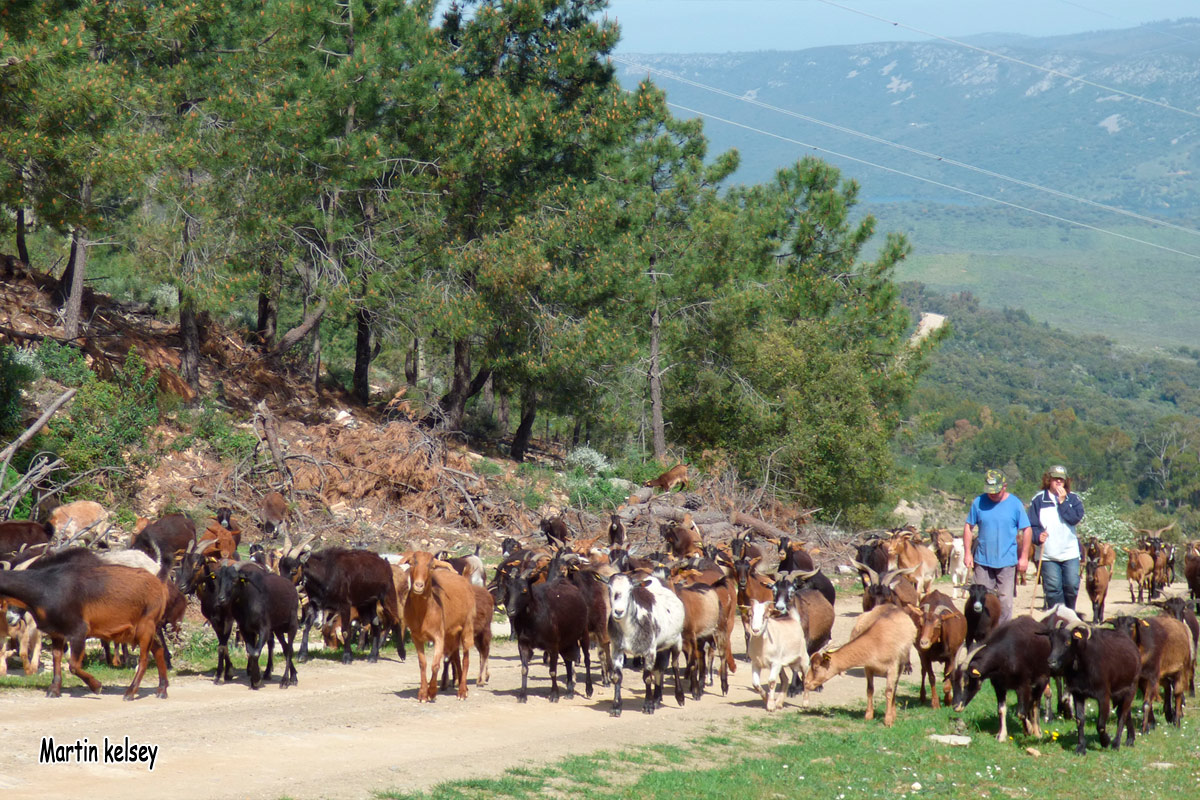
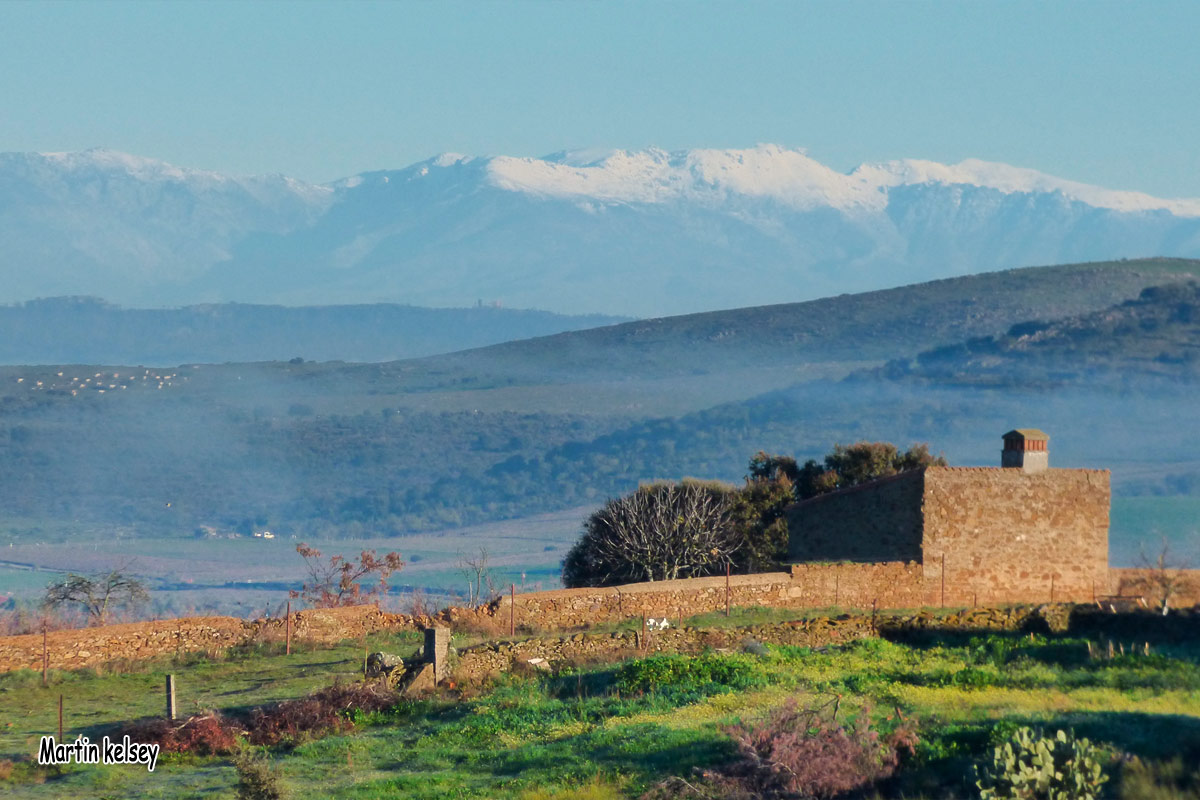
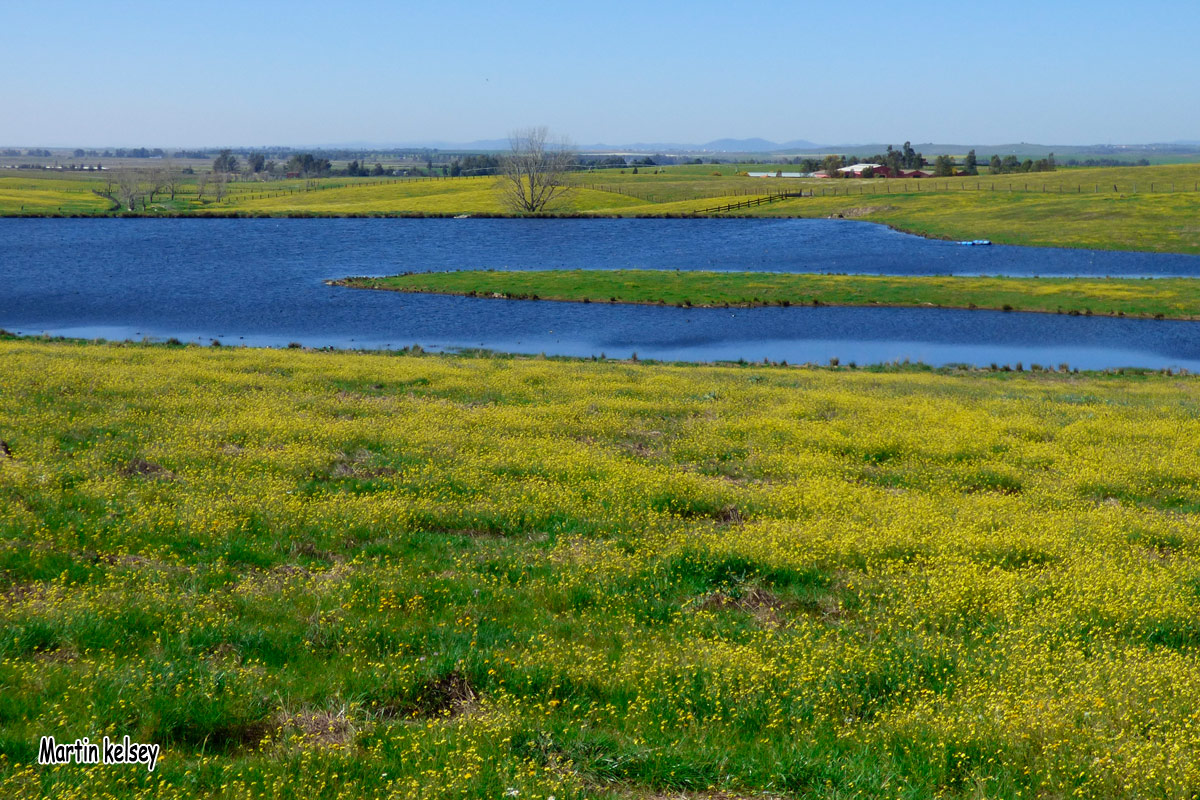
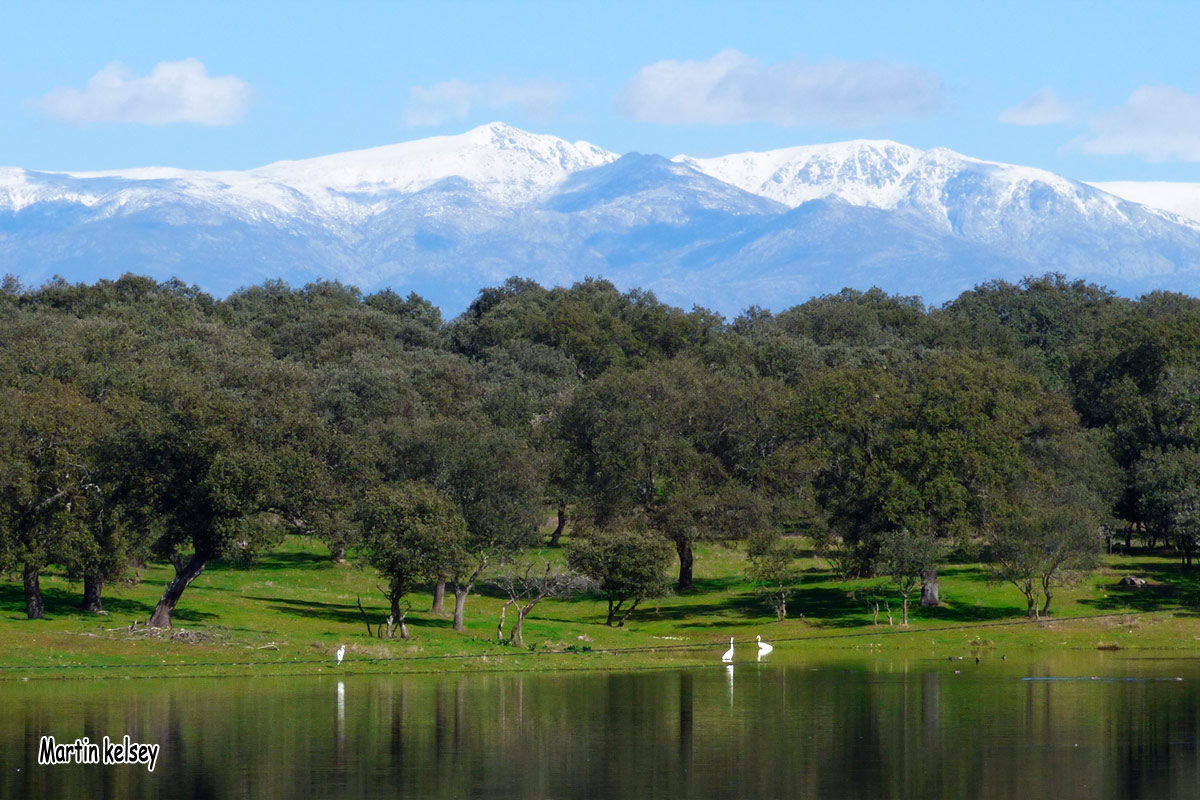
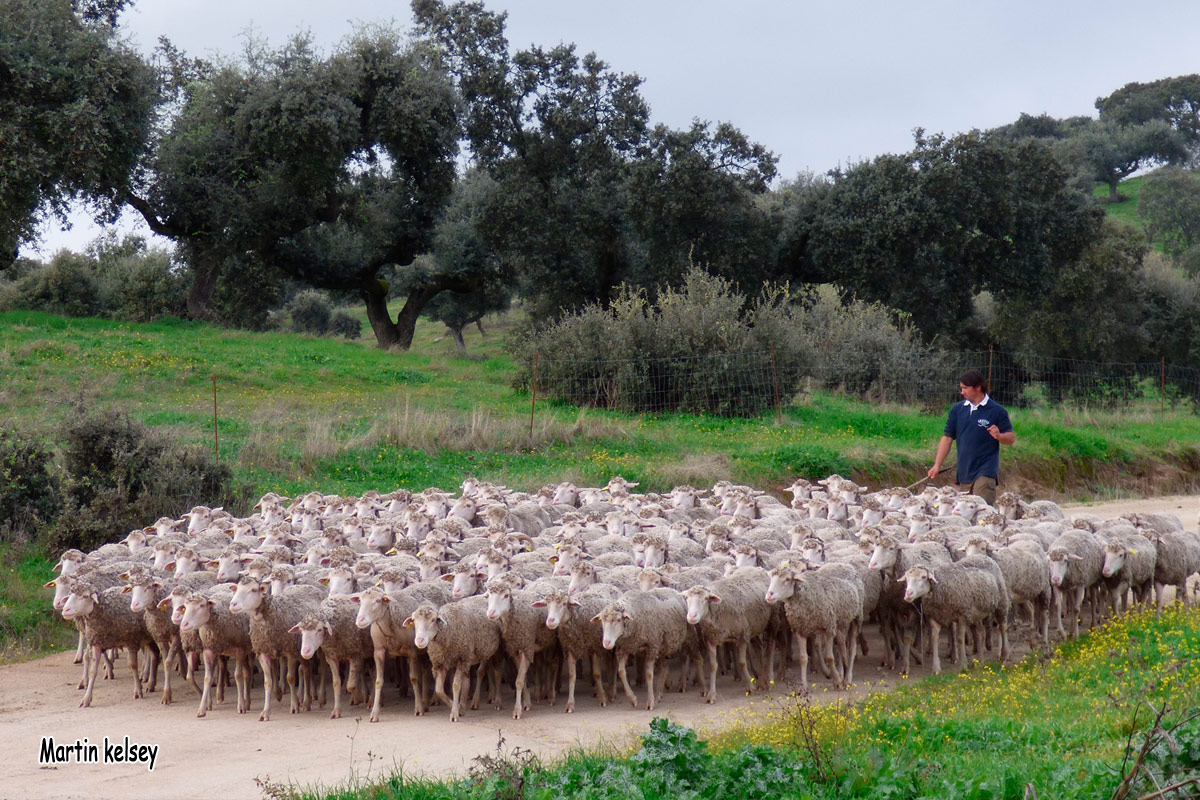


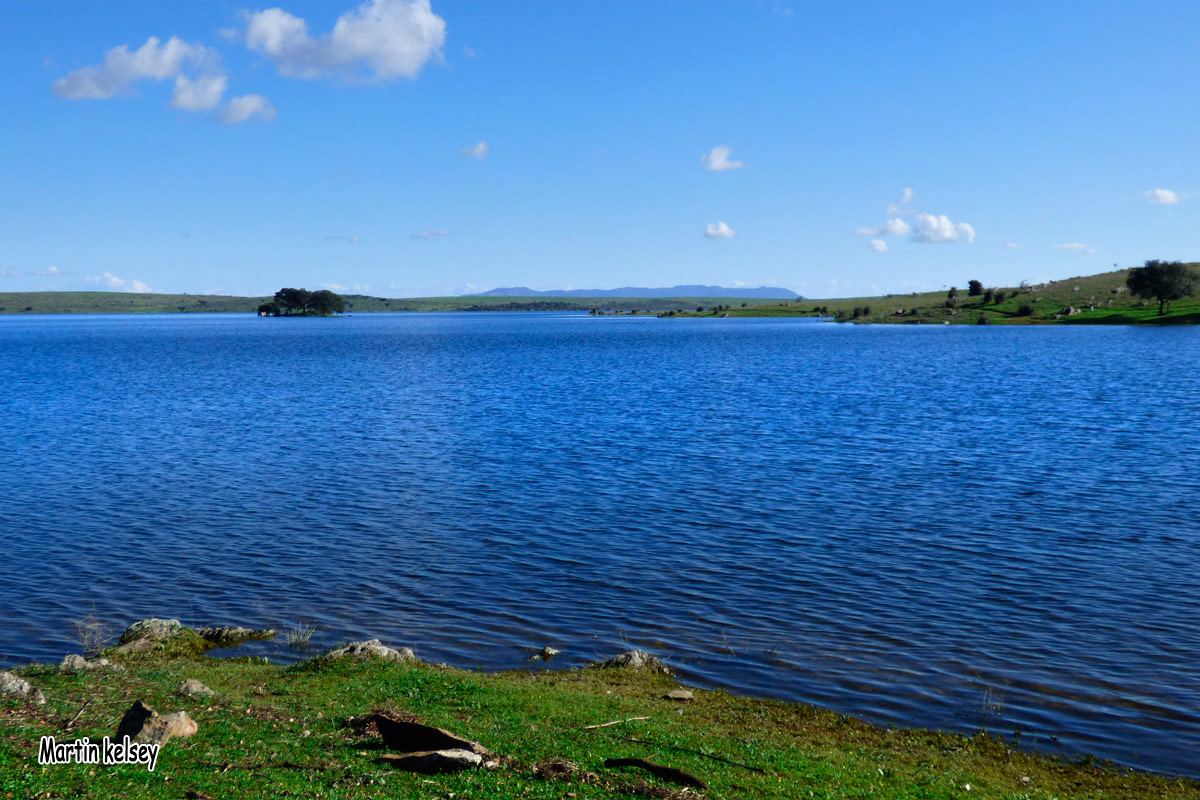
Dehesa
The most distinctive landscape of Extremadura are the vast expanses of open wood pasture, known by the Spanish name dehesa. Over most of Extremadura this is dominate by evergreen holm oak, but there are also dehesas of cork oak and the deciduous Pyrenean Oak. This is farmland, mainly for grazing, where the trees form an integral part of the land use. It is an important habitat for nesting birds of prey like Black Vulture and eagles, as well as Azure-winged Magpie and Woodchat Shrike.

John Hawkins
Woodchat Shrike
John Hawkins

John Hawkins
Sardinian Warbler
John Hawkins
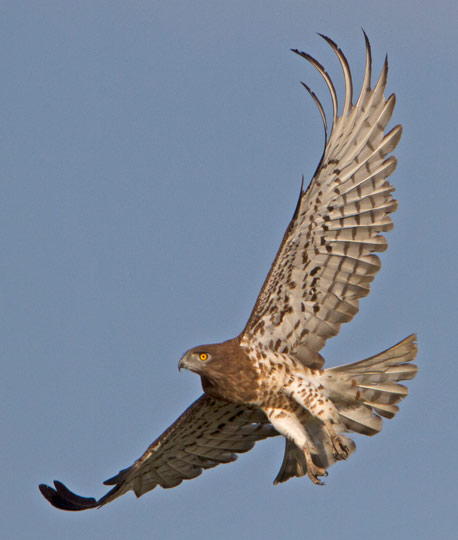
John Hawkins
Short-toed eagle
John Hawkins
Plains
The pseudosteppes as they are sometimes known are plains formed by deforestation many centuries ago and now supporting largely traditional mixed farming. This habitat is where to find bustards, sandgrouse, Stone Curlew and a multitude of larks. It is important hunting ground for eagles and other raptors and in winter supports flocks of small birds, Lapwing and Golden Plover.

John Hawkins
Pin-tailed Sandgrouse
John Hawkins

John Hawkins
Black-bellied Sandgrouse
John Hawkins

John Hawkins
Griffon Vulture
John Hawkins
River valleys
Steep-sided river valleys support an interesting avifauna with groves of wild olives being an important food source for many wintering birds, as well as resident Hawfinches. These are good areas to find Cirl Bunting, whilst Kingfishers are common along the rivers. Many of these areas are undisturbed and support nesting Black Stork, Egyptian Vulture and Bonelli's Eagle.

John Hawkins
Black Stork
John Hawkins
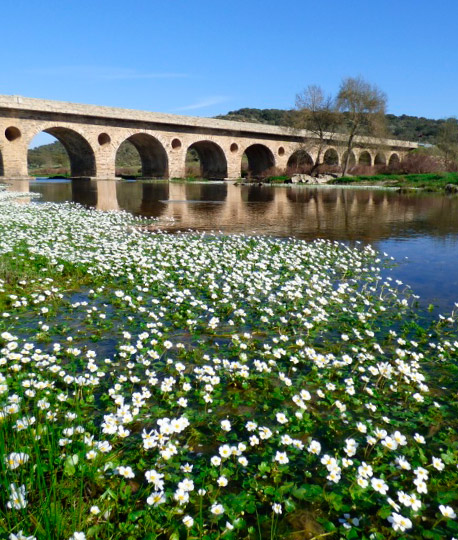
Martin Kelsey
River Almonte
Martin Kelsey
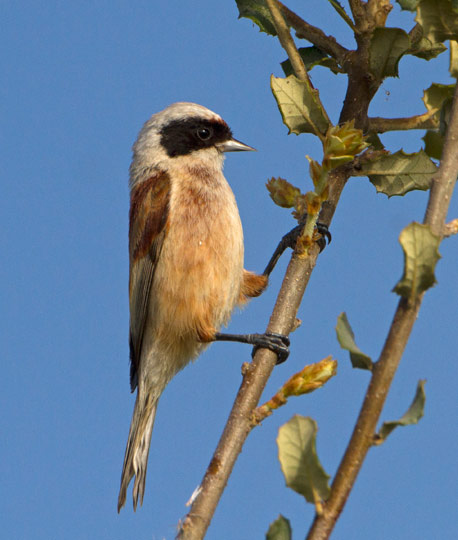
John Hawkins
Penduline Tit
John Hawkins
Mediterranean scrub
Open areas with a thick scrub vegetation of rock rose, broom and lavender are excellent for birds like Dartford and Spectacled Warblers, whilst Western Orphean and Subalpine Warblers will be found where there are scattered trees as well.
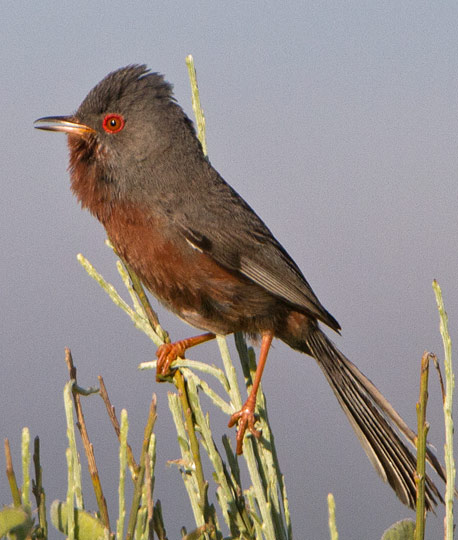
John Hawkins
Dartford Warbler
John Hawkins
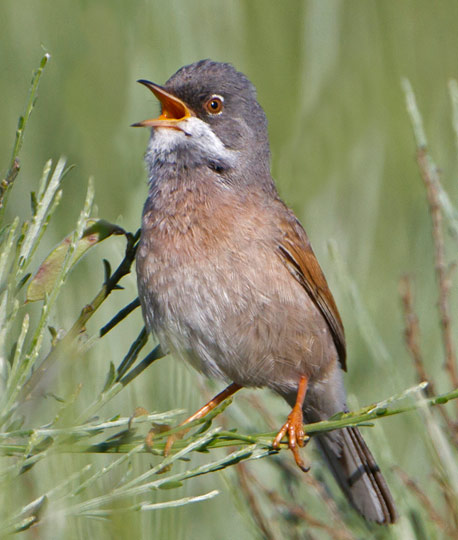
John Hawkins
Spectacled Warbler
John Hawkins

John Hawkins
Thekla Lark
John Hawkins
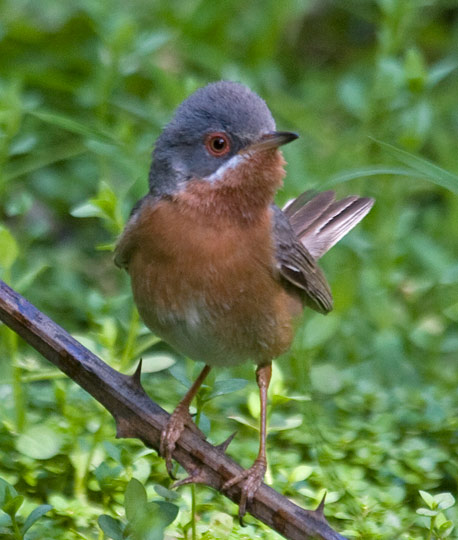
John Hawkins
Subalpine Warbler
John Hawkins
Gorges and cliffs
These offer breeding habitats for colonies of Griffon Vultures, amongst other species like Black Stork, as well as giving opportunities for birders to find species like Black Wheatear, Blue Rock Thrush and Rock Bunting.

John Hawkins
Griffon Vulture
John Hawkins
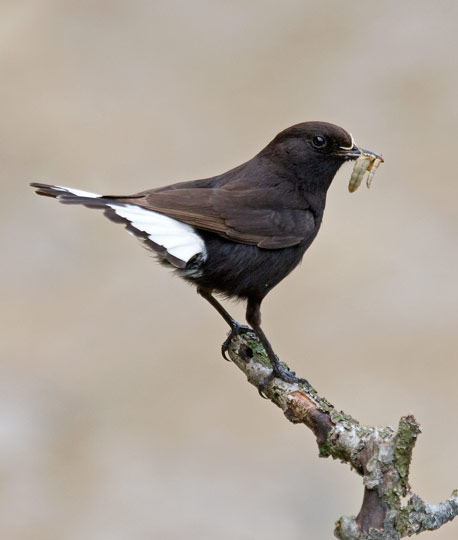
John Hawkins
Black Wheatear
John Hawkins

John Hawkins
Blue Rock Thrush
John Hawkins
Rice fields
This new habitat of intensive irrigated agriculture has become important throughout the year for birds. It is an outstanding area to visit in the winter for the chance to see thousands of wintering Common Crane as well as waders, waterfowl and small birds like Bluethroats. In the spring and summer, birds like Collared Pratincole and Gull-billed Tern are easy to find.
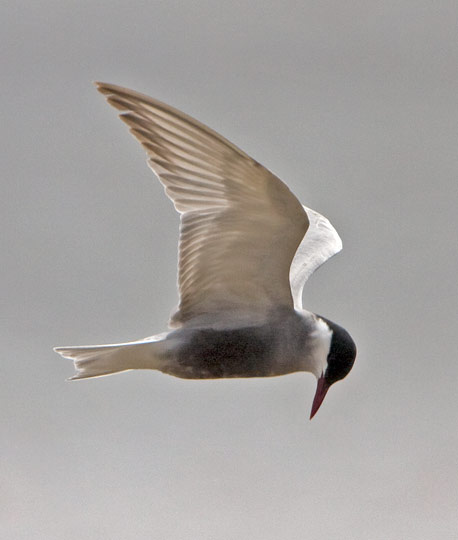
John Hawkins
Whiskered Tern
John Hawkins

John Hawkins
Common Waxbill
John Hawkins

John Hawkins
White Stork
John Hawkins
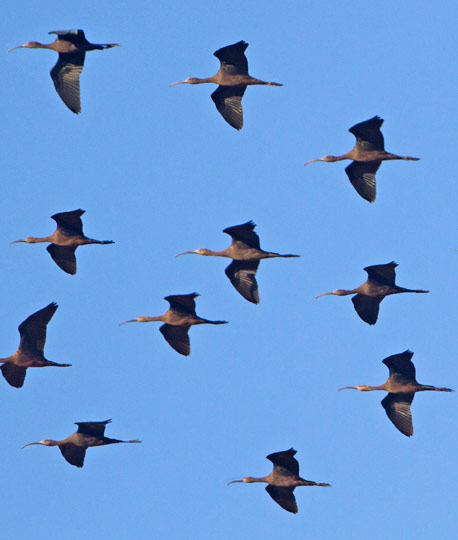
John Hawkins
Glossy Ibis
John Hawkins
Reservoirs
There are few natural water bodies in Extremadura but many reservoirs. Those serving nearby irrigated areas are excellent areas for birding, both in winter for large numbers of waterfowl, as well as in the summer for breeding terns. The Arrocampo Reservoir in north-east Extremadura has a fringe of emergent vegetation supporting a large number of breeding species such as herons and egrets, as well as Purple Swamphen.

John Hawkins
Nombre del ave
John Hawkins
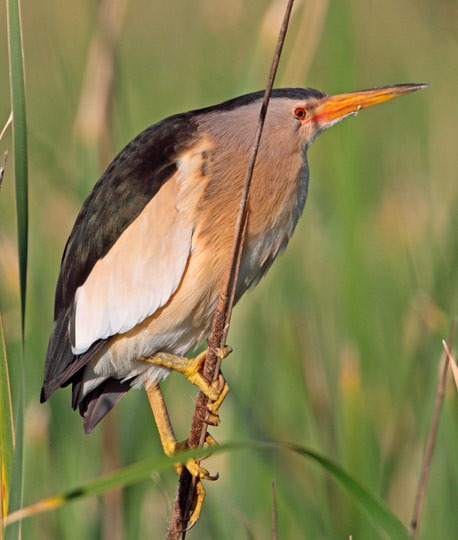
John Hawkins
Little Bittern
John Hawkins

John Hawkins
Purple Swamphen
John Hawkins
Towns
Many towns in Extremadura support colonies of White Stork, Lesser Kestrel, Common and Pallid Swifts whilst Mérida boasts the world's longest Roman bridge, which offers good birding as it crosses the Guadiana River. Some hilltop castles are also worth visiting for species such as wintering Alpine Accentor.

John Hawkins
Lesser Kestrel
John Hawkins
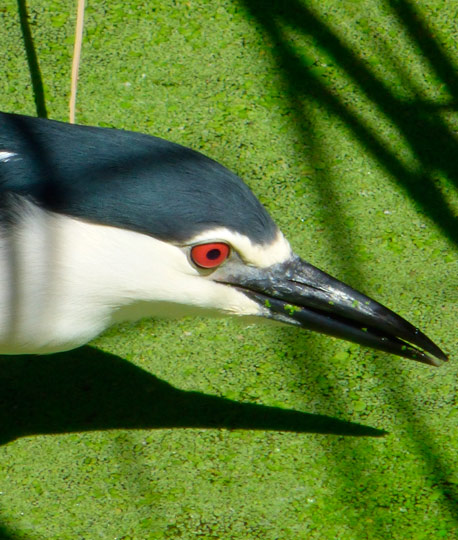
Martin Kelsey
Night Heron
Martin Kelsey
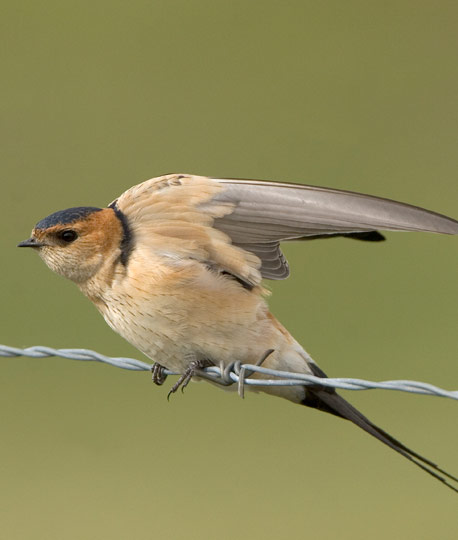
John Hawkins
Red-rumped Swallow
John Hawkins
Mountains
Extremadura has a number of impressive mountain systems. The highest of these support distinctive vegetation zones, including deciduous woodland and montane scrub. As well as boasting wonderful scenery, these are good places to find species like Honey Buzzard and Western Bonelli's Warbler, as well as Ortolan Bunting and Red-tailed Rock Thrush at the higher altitudes. The Central System which acts as the northern boundary of Extremadura reaches over 2,500 metres above sea-level, whereas the spectacular Villuercas Mountains in the east rise to 1,600 metres.
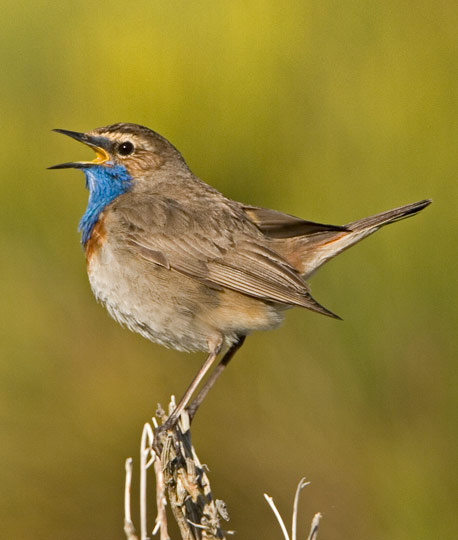
John Hawkins
Bluethroat
John Hawkins
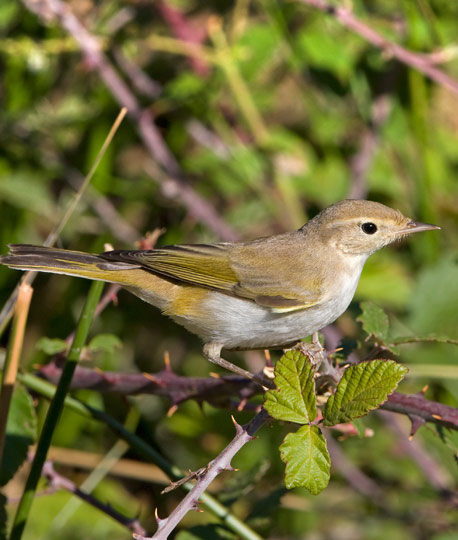
John Hawkins
Bonelli's Warbler
John Hawkins
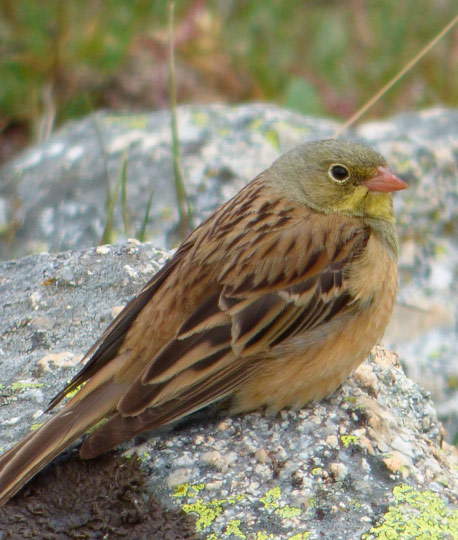
Martin Kelsey
Ortolan
Martin Kelsey


